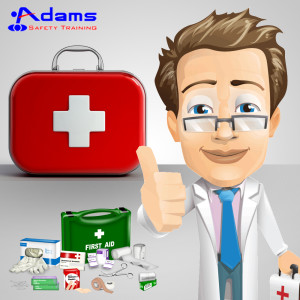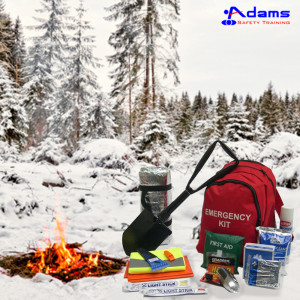You never know when an emergency situation could strike, and you might have to deliver first aid care to someone in need. So, it’s very essential to be prepared all the time as this could make a difference between life and death for a victim or an injured person. Here are few first aid skills that everyone should know.
• Performing cardiopulmonary resuscitation (CPR) and using AED
Sudden cardiac arrest is the condition in which the heart is no longer pumping blood. Heart stops beating due to choking, heart attack or due to some other factors. Whatever the cause, the best way to increase the survival chance of such victims is to perform CPR, and in some situations use automated external defibrillator (AED).
• Stopping heavy bleeding
When someone is bleeding heavily, put pressure on the wounded part and raise it over the heart to slow down heavy bleeding. For stopping nosebleeds, close the nostrils for ten minutes, which will allow the broken vein in the nose to close.

• Treating shock
Shock may occur after loss of blood, loss of fluids, or due to allergic reactions. In this situation, make sure the person is warm and comfortable and then call for an ambulance.
• Choking
Choking happens when the passage through the windpipe is blocked. Encourage a person to cough when chocking occurs, or proceed to the Heimlich manoeuvre technique to expel the foreign object causing choking.
Keep in mind that CPR/First Aid/AED training can help you gain knowledge on how to use these skills. So, stay safe and save other’s life in case of emergency.




